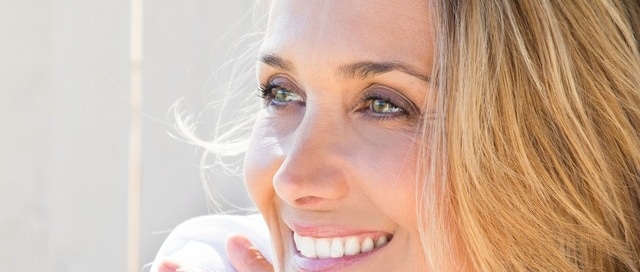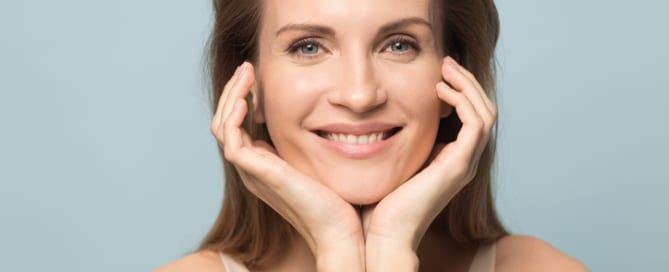We’re Answering Your Blepharoplasty Questions!
Blepharoplasty is a popular plastic surgery procedure that helps you feel like yourself again. The technique can be performed on the upper or lower eyelids, is performed on an outpatient basis (you go home afterward), and is often the only procedure people have to maintain their sense of confidence and satisfaction with their appearance. If […]
We’re Answering Your Blepharoplasty Questions! Read More »



